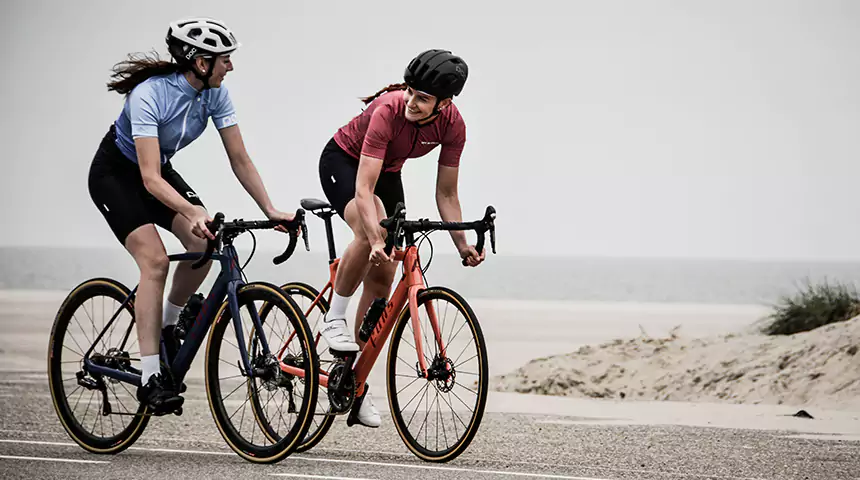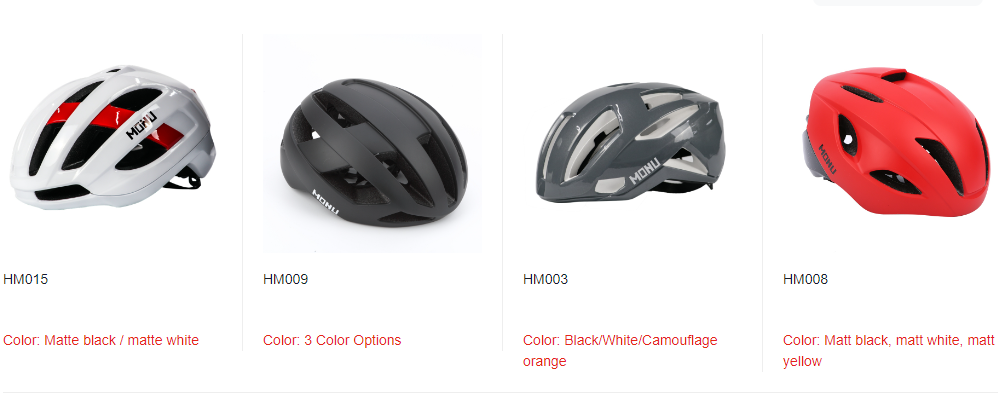Road Bike Helmets: Stay Safe and Stylish

I have been a road cyclist for many years, and one thing I have learned is that safety always comes first. Road bike helmets play a critical role in keeping us safe while we enjoy the thrill of cycling on the open road. In this article, I’ll walk you through everything you need to know about road bike helmets, from why they’re essential to how to choose the perfect one for your style of riding.
The Importance of Road Bike Helmets
Before we dive into the details of road bike helmets, let’s understand why they are so crucial. As a passionate road cyclist, I believe that wearing a helmet is a non-negotiable aspect of cycling safety. Here are some reasons why road bike helmets are a must:
Head Protection
Your head is one of the most vital parts of your body, and protecting it should be a top priority. Road bike helmets are specifically designed to absorb the impact of a crash and disperse the force, reducing the risk of head injuries.
Legal Compliance
In many regions, wearing a helmet while cycling on public roads is not just a suggestion—it’s the law. Failing to comply with these regulations can lead to fines and penalties. It’s important to be aware of and adhere to the specific laws in your area.
Increased Visibility
Many road bike helmets come in bright colors and incorporate reflective elements, enhancing your visibility to motorists. This additional visibility can make a significant difference in your safety, especially during low-light conditions.
Confidence Boost
Knowing that your head is well-protected can give you the confidence to push your limits and fully enjoy your ride. When you’re not constantly worried about potential accidents, you can focus on the pure joy of cycling.
Types of Road Bike Helmets
Road bike helmets are not one-size-fits-all. There are different types, each tailored to specific styles of road cycling. Here are the most common types:
Aero Helmets
Aero helmets are designed for riders who prioritize speed and aerodynamics. They feature a sleek, streamlined shape to minimize air resistance, making them perfect for time trials and triathlons.
Road Helmets
Road helmets are the most versatile and commonly used type. They strike a balance between ventilation, weight, and aerodynamics. These helmets are suitable for various road cycling styles, from casual rides to competitive racing.
Time Trial (TT) Helmets
Time trial helmets are specifically engineered for time trials and triathlons. They have a unique teardrop shape that reduces drag and improves aerodynamics. TT helmets provide a snug, secure fit to minimize air resistance.
Commuter Helmets
Commuter helmets are designed for urban cyclists who need safety and style while navigating city streets. They often come with features like integrated lights, visors, and reflective elements for visibility.
MIPS Helmets
MIPS (Multi-Directional Impact Protection System) helmets feature an additional layer inside the helmet that allows it to rotate slightly upon impact. This reduces the rotational forces that can cause head injuries during a crash.
How to Choose the Right Road Bike Helmet
Selecting the perfect road bike helmet might seem daunting, but it doesn’t have to be. Here’s a step-by-step guide to help you make an informed choice:
Step 1: Identify Your Riding Style
Consider your primary style of road cycling. Are you a dedicated road racer, a time trial enthusiast, or a daily commuter? Your riding style will dictate the type of helmet that suits your needs.
Step 2: Check Safety Standards
Ensure that the helmet you choose meets recognized safety standards. Look for certifications like CPSC, EN1078, or ASTM F1447 to guarantee that your helmet is designed to protect you effectively.
Step 3: Find the Perfect Fit
The fit of your helmet is crucial for both safety and comfort. Measure the circumference of your head and select a helmet size that matches your measurements. A well-fitting helmet should sit level on your head, with the front edge just above your eyebrows.
Step 4: Consider Comfort
Comfort is essential, especially on long rides. Look for helmets with adequate ventilation, comfortable padding, and adjustable straps. You should be able to wear your helmet for hours without discomfort.
Step 5: Stick to Your Budget
Determine your budget for a helmet and stick to it. There are excellent options available at various price points, so you can find one that provides the protection you need without breaking the bank.
Step 6: Read Reviews
Before making your final decision, read reviews from other road cyclists. Their feedback and experiences can provide valuable insights and help you choose the right helmet for your needs.
Step 7: Try Before You Buy
Whenever possible, visit a local bike shop to try on different helmets. This hands-on approach can help you assess the comfort and fit of various helmets, making your decision easier.
Frequently Asked Questions
Let’s address some common questions about road bike helmets to ensure you have all the information you need:
1. Are road bike helmets suitable for other types of cycling, like mountain biking?
While road bike helmets can be used for other types of cycling, it’s recommended to choose a helmet specifically designed for the intended style of riding. Road helmets are optimized for aerodynamics and ventilation, which may not be ideal for off-road or mountain biking.
2. Can I use an aero helmet for regular road cycling?
Aero helmets are designed for speed and aerodynamics, making them less suitable for everyday road cycling. They may not provide the ventilation and comfort needed for longer rides. Stick to a standard road helmet for regular road cycling.
3. Do I need a MIPS helmet for added safety?
MIPS helmets offer enhanced protection by reducing rotational forces in the event of an impact. While they can provide an extra layer of safety, it’s not a necessity for all riders. Consider your riding style and priorities when deciding whether a MIPS helmet is right for you.
4. What is the difference between road and commuter helmets?
Commuter helmets are designed with urban cycling in mind. They often come with integrated lights, visors, and reflective elements for visibility on city streets. Road helmets, on the other hand, prioritize aerodynamics, weight, and ventilation.
5. Can I buy a second-hand helmet?
It’s not recommended to purchase a second-hand helmet. You can’t be certain of its history or any hidden damage. Safety standards may have evolved since the helmet was first manufactured. For your safety, invest in a new, certified helmet.
Conclusion
Cycling on the open road is a fantastic experience, but safety should always be your top priority. A road bike helmet is a fundamental piece of gear that provides essential protection for your head. By choosing the right helmet, you can enjoy the freedom and thrill of road cycling with confidence.
Remember to consider your riding style, check for safety certifications, find a comfortable fit, and read reviews before making your final decision. Whether you’re a dedicated road racer or a daily commuter, there’s a road bike helmet designed to meet your needs.
For a collection of advanced and high-quality road bike helmets, check out the
